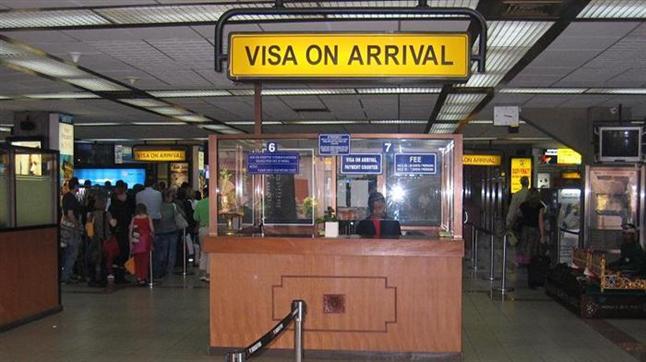Vietnam Acts to Achieve ASEAN Common Tourist Visa

The ASEAN common tourist visa is a policy that aims to boost the tourist sector of its member countries and Vietnam is making serious efforts to achieve this system.
It was created in 2013 at the Ayeyawady-Chao Phraya-Mekong Economic Cooperation Strategy (ACMECS) held in Ho Chi Minh City. Representatives from Laos, Cambodia, Myanmar, Thailand and Vietnam attended the pioneer tourist ministerial meeting and decided on instituting an ASEAN single tourist visa system in line with its cooperation vision and target to strengthen the tourism industry of the five member countries. The policy requires “the identifying and harmonizing of differences in views, policies and development levels, as well as visa fees, administrative procedures, security and benefit sharing of visas, in addition to the common tourism information system among member countries and the need for consistent and coordinated awareness among agencies within each country.”
Such a system already exists in the European Union among its 26 member states. Its “common Schengen visa model” entails international travellers to apply for a visa only at the consular office of their primary destination “where they will perform the main purpose of the trip with their longest stay or where they first arrive.”
Theoretically, the ASEAN common tourist visa policy values non-member nations. But in actuality, the varying conditions for visa application in each country makes this difficult to follow and so takes longer, if not unable, to process. In order to solve this obstacle, visa associations are formed, in voluntary and similar groups. Cambodia and Thailand for instance go hand in hand and have been approving visas for 35 countries and territories since 2013. Indonesia, Myanmar, Philippines and Cambodia (again) put into effect a more lenient single visa system.
At the ASEAN Tourism Forum of the 19th ASEAN Tourism Ministers’ Meeting conducted in the Philippines last January 2016, Vietnam announced the steps it was taking to achieve the mission of the ASEAN Tourism Strategy 2016 – 2026 of which it was a part of, of developing a communal tourist destination for ASEAN nations and creating an “effective and dynamic” ASEAN community.
Vietnam has been promoting its domestic tourism sector so that it will be at par with the standards of the ASEAN Economic Community. It has also been cooperating with other countries in administering the “mutual recognition agreement” on tourism workers based on the ASEAN Common Competency Standards for Tourism Professionals. It has also been following the ASEAN tourism standards and certification procedures in tourism-related establishments and business like green hotels, residential accommodations, public toilets, spa services, clean tourist cities and community-based tourism. Moreover, the country has placed emphasis on the following areas as per the unified ASEAN tourism programme: Nature Tourism; Cultural and Heritage Tourism; Community-Based Tourism; Cruise Tourism; Waterway Tourism; and Medical Tourism.
Perhaps now more than ever, tourism has boosted tremendously, supplying a significant percentage to a country’s GDP and providing millions of jobs (direct and indirect) to people. The establishment of a common visa policy, as well as e-visas and visa exemption expansion, will strengthen this industry even further. Perhaps more importantly, it will foster intra-regional harmony and mutual development among the ASEAN member nations.








